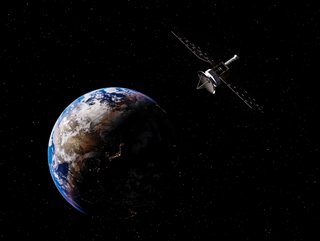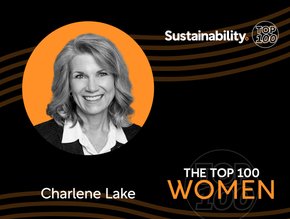Satellite technology could move Net Zero up by ten years

New data modelling of the potential of satellite imaging has pointed a path to the future. The climate consultancies Globant and Inmarsat have worked together to determine that, with adequate development, adoption and implementation of satellite technology, total greenhouse gases could be cut by a further 18% by 2040, essentially making the world’s ambitions to reach Net Zero ten years ahead of schedule.
The new data modelling was commissioned by Inmarsat and developed by Globant’s Sustainable Business Studio.
Already, satellite imaging helps save 2.5% of the world’s total greenhouse gas emissions. The new analysis shows that a more robust adoption of the technology would lead to a further 9% reduction.
According to the study’s lead scientist, Elena Morettini, who is the global head of sustainable business at Globant: “Following the close of COP27, it remains clear that solutions to reducing humanity’s carbon emissions are vitally important. What we know is that from a technological and scientific standpoint, the potential reduction in CO2 emissions from satellite technologies is immense.”
She points to the business community as a potential roadblock in seeing through the promise of satellites: “It is definitely not a lack of innovation preventing greater sustainability success. Instead, it is a lack of investment that stands in the way of bringing the Net Zero reality closer to the findings of our modelling.”
Quotidian improvements
Among the immediate areas that satellite imaging can help in are: passenger transport, where route optimisation and the possibility of air taxis will reduce emissions; in freight transport, where fleet management innovations could reduce emissions by 25 times; finally, it could help with methane detection in the oil and gas industry.
Inmarsat CEO Rajeev Suri neatly summarised the possibilities: “That is why it is imperative that governments and industry leaders take the initiative to assess their decarbonisation strategies with satellite technologies in mind and align their investments to solutions that not only decarbonise, but make industries more efficient and resilient, helping to build for the future.”






